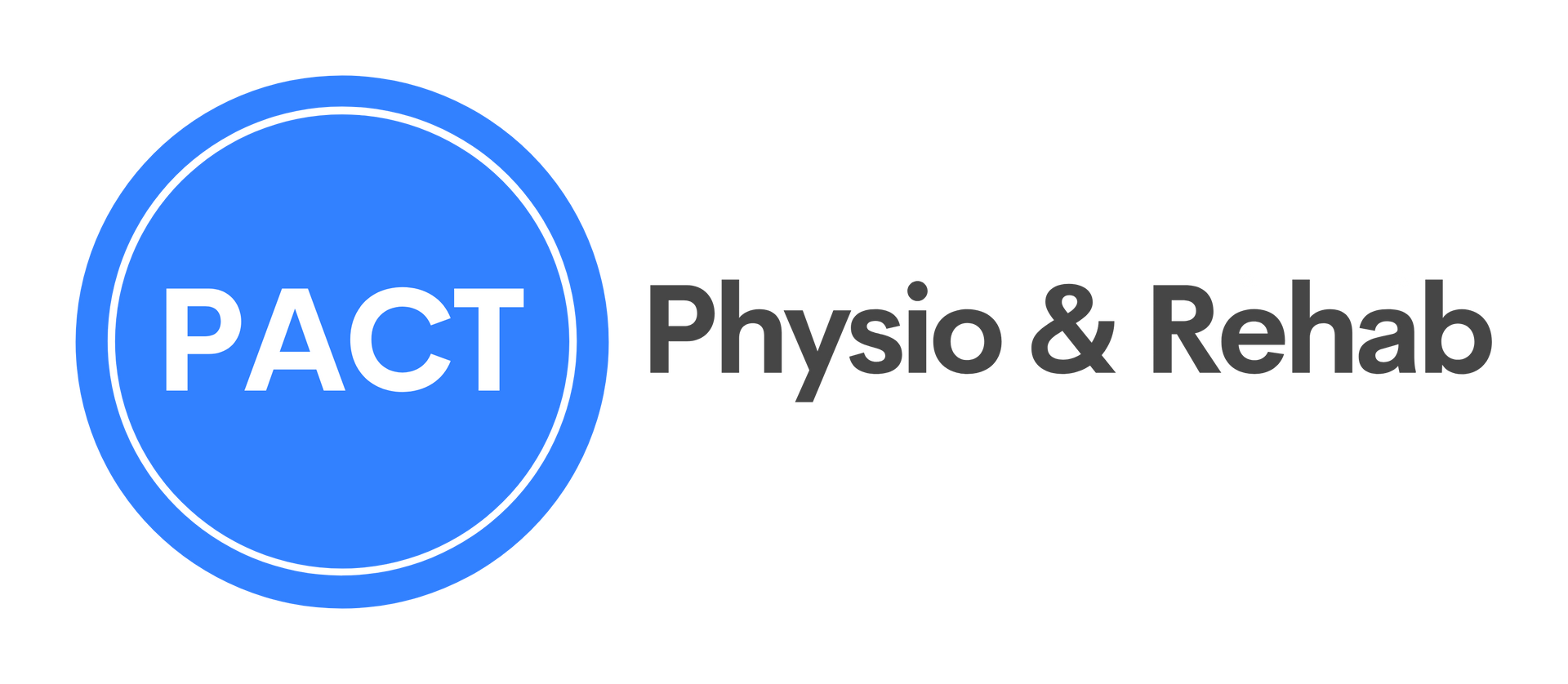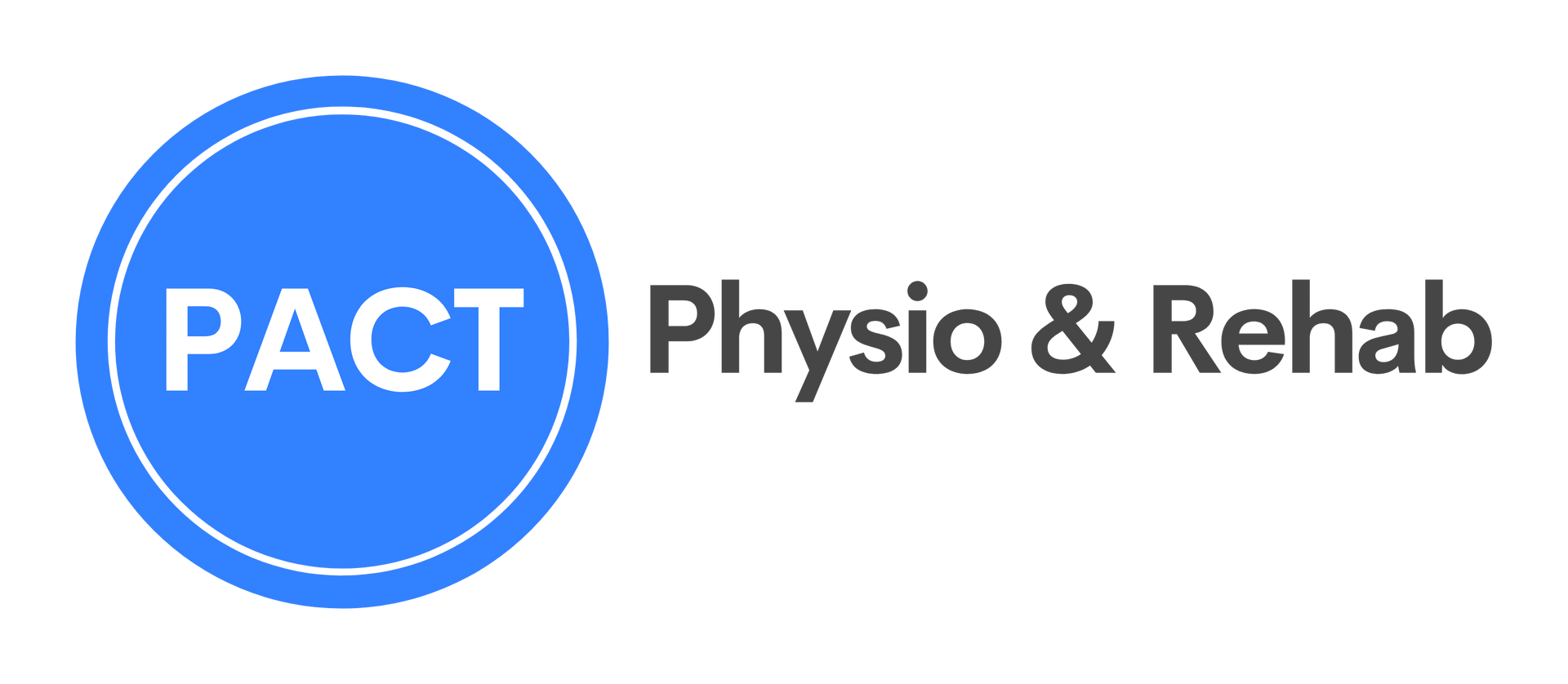Understanding Lateral Epicondylitis (Tennis Elbow): Causes, Treatment, and the Role of Physiotherapy
Lateral epicondylitis, commonly known as tennis elbow, is a condition that affects the tendons on the outside of the elbow. It is characterised by pain and tenderness in the lateral epicondyle, where the tendons of the forearm muscles attach to the bone. Despite its name, tennis elbow isn’t limited to tennis players; it can affect anyone who performs repetitive arm, elbow, or wrist movements.
Causes of Lateral Epicondylitis:
- Overuse and Repetitive Strain: The primary cause of lateral epicondylitis is overuse of the forearm muscles that are involved in gripping, lifting, and rotating activities. Repetitive motions can cause small tears in the tendons, leading to inflammation and pain. Activities such as tennis, painting, carpentry, and even prolonged computer use can contribute to this condition.
- Age-Related Degeneration: As we age, the tendons lose some of their elasticity and strength, making them more susceptible to injury. This degeneration can make individuals more prone to developing tennis elbow, particularly if they engage in activities that strain the tendons.
- Poor Technique or Equipment: In sports like tennis, using improper techniques or equipment, such as a racquet with an incorrect grip size, can increase the strain on the tendons and lead to lateral epicondylitis.
Symptoms of Lateral Epicondylitis:
- Pain and tenderness on the outside of the elbow, often worsening with activities involving gripping or lifting.
- Weakness in the forearm, which may make it difficult to perform tasks such as turning a doorknob or holding a cup.
- Pain that radiates down the forearm towards the wrist.
- Stiffness or discomfort when extending the arm.
Treatment of Lateral Epicondylitis:
- Rest and Activity Modification: Resting the affected arm and avoiding activities that exacerbate the symptoms is crucial for reducing strain on the tendons. Modifying tasks to minimise repetitive movements can also help in the healing process.
- Ice Therapy: Applying ice to the affected area can help reduce inflammation and numb the pain. It is often recommended to apply ice packs for 15-20 minutes several times a day, especially after activities that strain the elbow.
- Medications: Over-the-counter pain relievers and anti-inflammatory medications, such as ibuprofen, may be used to manage pain and reduce inflammation. In some cases, a doctor may recommend corticosteroid injections for more severe pain.
- Physiotherapy: Physiotherapy is a key component in the treatment of lateral epicondylitis, focusing on reducing pain, improving tendon health, and restoring function. Physiotherapists may use a range of techniques, including:
- Manual Therapy: Techniques such as deep tissue massage, trigger point dry needling and joint mobilisation can help improve circulation, reduce muscle tension, and promote healing in the affected area.
- Exercise Prescription: Specific strengthening and stretching exercises for the forearm muscles can help restore tendon health, improve strength, and prevent future episodes of tennis elbow. Eccentric exercises, which focus on the lengthening phase of muscle contraction, are particularly effective for tendon rehabilitation.
- Ergonomic Advice: Physiotherapists can provide guidance on modifying workstations or sports techniques to reduce strain on the elbow and prevent recurrence.
Benefits of Physiotherapy for Lateral Epicondylitis:
- Pain Reduction: Physiotherapy interventions are effective in managing pain associated with tennis elbow, allowing individuals to return to their daily activities with greater comfort.
- Enhanced Functionality: By improving tendon strength and flexibility, physiotherapy helps restore normal arm and wrist function, enabling patients to perform tasks with ease.
- Prevention of Recurrence: Through targeted exercises and ergonomic advice, physiotherapy can help address the underlying causes of lateral epicondylitis and reduce the risk of future flare-ups.
- Faster Recovery: Physiotherapy promotes optimal healing by enhancing blood flow, reducing inflammation, and supporting the body’s natural repair processes.
Treatment at PACT Physiotherapy and Rehab, Miranda:
At PACT Physiotherapy and Rehab, we specialise in the treatment of lateral epicondylitis with a focus on personalised care. Our experienced physiotherapists utilise a combination of evidence-based techniques, including trigger point dry needling, to effectively manage pain and promote healing.
We work closely with our patients to develop customised treatment plans that address the root cause of their symptoms and help them achieve long-term recovery.
While lateral epicondylitis, or tennis elbow, can cause significant discomfort and interfere with daily activities, with proper treatment, including physiotherapy, individuals can experience relief from symptoms and regain function in their affected arm.
At PACT Physiotherapy and Rehab, we are committed to providing expert care and support to help our patients overcome tennis elbow and return to the activities they enjoy.

